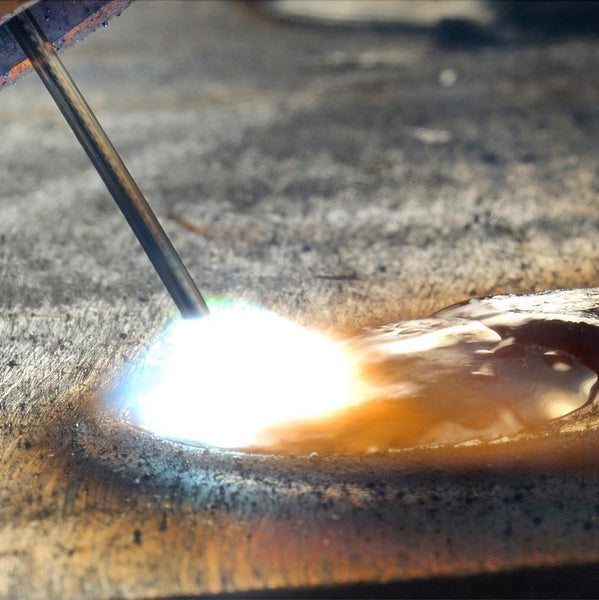Puddle Recognition Tips For TIG Welders
Successfully recognizing weld puddle issues is necessary to make quality TIG welds. But, it's just as important to recognize when you are welding correctly. That way, you can reinforce good techniques and avoid issues in the future.
In this article, you'll learn how to recognize puddle issues when TIG welding, if you are running too hot or too cold of an arc, and some tips specific for TIG welding stainless steel and aluminum.

Photo by @twi_ltd
Essential Technique Prerequisites For Proper TIG Welding
- Get a comfortable body position over the welded piece so that you can achieve good hand mobility and stability
- Maintain a smooth torch travel
- Use the correct torch angle for the joint type
- Apply a consistent arc length
- One hand moves the torch; the other feeds the filler material
- Ensure sufficient shielding gas coverage
- Don't dip the tungsten into the weld puddle
- Don't move the filler material outside of the shielding gas zone beneath the cup
- Don't touch the tungsten tip with the filler metal as you weld
- Don't use a thicker filler wire than the welded material
Violating any of the essentials listed above will cause puddle control issues, and reduce, if not outright ruin the weld quality.

